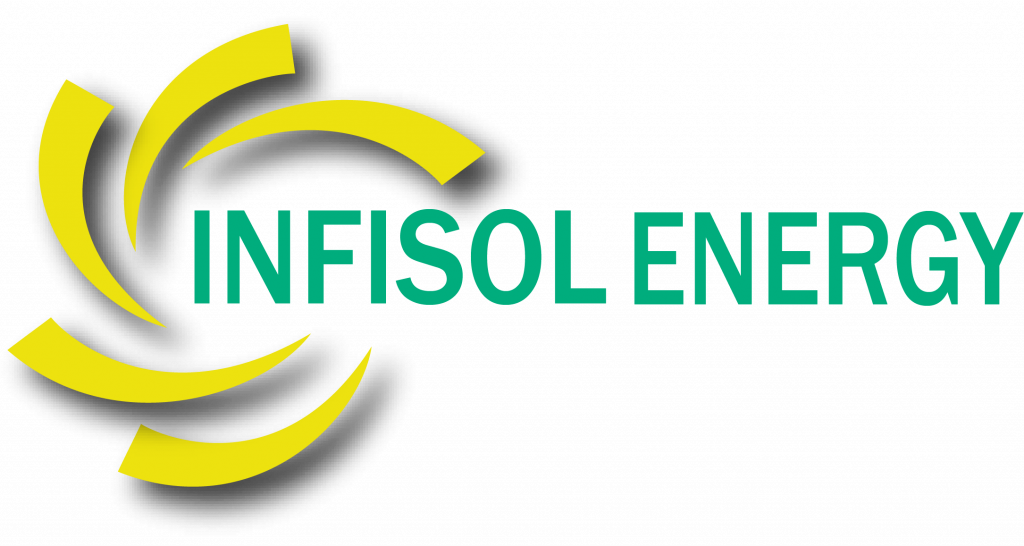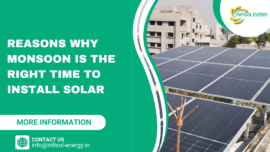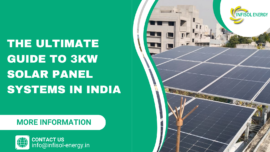Are you confused about whether installing solar is the right move to make investment? Let us clear all your queries here by guiding you through a Solar payback period or break even point, where you will get your money back and start getting returns on investment.
The solar payback period is when it takes to recover the cost of installing your solar system. This period can vary based on your installer, the number of panels, and your payment method. On average, customers experience a solar payback period of under 3 to 5 years.
Here’s what you need to know about how long it might take to break even on your solar energy investment.
What is a Solar Payback Period?
The solar payback period is the time it takes for you to recoup your initial investment in a solar panel system. In simpler terms, it’s how long it will take for the savings on your electricity bills to equal the cost of installing the solar panels. Once you’ve reached this point, any savings after that are pure profit.
Why is the Solar Payback Period Important?
Understanding the payback period helps you see the financial benefits of solar panel installation. It gives you a clear picture of when you’ll start saving money and how much you could save over your solar panels’ lifetime.
Most modern solar panels last at least 25 years, so knowing your payback period can show how many years you’ll benefit from free electricity.
How to Calculate Your Solar Payback Period
Calculating your solar payback period is straightforward. Here’s a step-by-step guide:
- Determine the Total Cost of Your System: Start with the cost of purchasing and installing your solar panels. This includes all equipment, labor, and any additional setup costs.
- Subtract Incentives and Government Subsidies: Reduce your total cost by local incentives and government subsidies. These can significantly lower your upfront investment.
- Calculate Annual Savings: Estimate how much money you’ll save each year on your electricity bill. This includes savings from reduced electricity consumption and any additional earnings from programs like net metering.
- Divide the Adjusted Cost by Annual Savings: Take your adjusted cost (after incentives) and divide it by your annual savings. The result is your payback period in years.
Example Calculation of Solar Payback Period
To illustrate this, let us consider an example.
System Details
System Size: 3 kW
Average Cost (without subsidy): ₹2,20,000
Subsidy Offered: ₹78,000
Subtracting the subsidy from the initial cost gives us the net investment.
Approximate Total Investment:
₹2,20,000 – ₹78,000 = ₹1,42,000
Current Electricity Expenditure
Annual Consumption: 5,000 units (kWh)
Tariff per Unit: ₹10
To find the yearly electricity bill without solar panels:
Average Yearly Bill:
5,000 units/year * ₹10/unit = ₹50,000
(Note: Electricity tariffs may vary based on your state.)
Savings with Solar Panels
A 3 kW on grid solar system can generate approximately 4,110 units of electricity per year.
Yearly Units Produced by Solar: 4,110 units
Tariff per Unit (saved): ₹10
This means the amount of electricity you produce offsets your electricity bill:
Yearly Savings with Solar:
4,110 units/year * ₹10/unit = ₹41,100
Payback Period Calculation
To determine the payback period, we need to compare the total investment to the annual savings.
Total Investment: ₹2,20,000
Annual Savings: ₹41,100
Payback Period:
Total Investment / Annual Savings = ₹2,20,000 / ₹41,100 ≈ 5.3 years
Factors That Influence The Payback Period
There are several factors that determine how soon you can recoup your investment:
1) Power Usage And Cost Of Power Consumption
The more electricity you consume, the more money you can save with solar panels. Also, high electricity charges in your area lead to quicker savings and shorter payback periods.
2) Size Of The System And Its Efficiency
A bigger system will require higher initial investments but also produce more electricity thereby saving more money on power bills. The efficiency levels of your cells determine how much electricity they generate, thus shortening the time it takes to earn back your investment.
3) Financing Projects
Tax credits and other incentives will significantly decrease your initial expenses, allowing for a quicker investment return. Make sure to look into all available incentives within your region.
4) Energy Production
The amount of sunlight your location receives and the orientation and tilt of your panels affect how much electricity your system can produce. More production means more savings.
Using a Solar Payback Calculator
To make things even easier, you can use a solar payback calculator. These tools take into account your location, electricity usage, and local incentives to give you a personalized estimate of your payback period. Just input your details, and the calculator does the math for you.
What is a Good Solar Payback Period?
A typical solar payback period ranges from 3 to 5 years. This range depends on the factors mentioned earlier.
A shorter payback period is always better because it means you’ll start saving money sooner. Given that solar panels can last 25 years or more, even a 10-year payback period leaves you with at least 15 years of savings.
Conclusion
Even though the initial investment in solar panels can feel like a cloud, it’s actually very bright! Wait until you see how fast you start cutting down your power bills by using the free energy from the sun.
If you want to get out of this present darkness and step onto a brighter path, talk to us at Infisol Energy LLP where we are capable of evaluating your power consumption patterns and designing the best solar solution for you.
Think of it: sunlight silently frees you from having to depend on the grid and saves you cash every month. At Infisol Energy LLP the best solar company in Maharashtra, we help you to convert sunlight into money for you. Call us today for free consultation.
FAQ’s
1) How long does it take to recover the cost of solar panels?
The payback period for solar panels normally falls between 3 and 5 years. Nevertheless, this period is not set in stone as it may differ from one situation to another such as the initial expenditure on your system as well as the savings made on the energy bills and any other incentives that may be granted within your locality.
2) Suppose payback takes ten years; is there any gain after that?
Indeed! Solar panels have an average lifespan of twenty-five years. After you recoup what you initially invested, you will enjoy free electricity production for years going forward hence reducing your energy expenses that would have been directed towards paying bills.
3) Other than payback, does solar have other financial benefits?
Yes! However, among states and municipalities there are a variety of incentives available like tax credits or rebates that can reduce your initial outlay. Moreover, some utilities offer net metering programs which enable you to sell excess power generated by your PV array thereby making money out of it once connected into the grid.
4) I don’t get full sun all day because my roof isn’t ideal for this; should I still go solar?
All is not lost! Although ideal sunlight exposure cuts down on payback periods, certain advancements have been realized in photovoltaics allowing them to work perfectly despite instances of shading. We will inspect your rooftop then provide recommendations about where to install best Infolisol Energy LLP so that maximum energy can be produced.
5) What kind of maintenance do solar panels need after installation?
Solar panels require very little maintenance and might only be washed regularly to get rid of dust.



